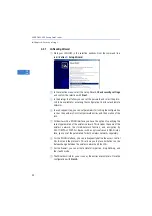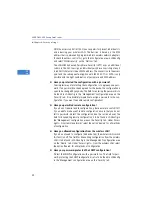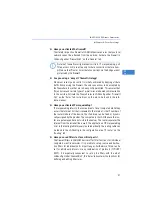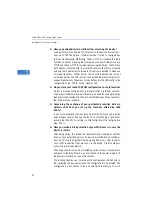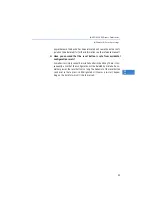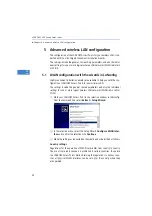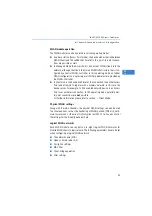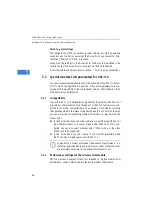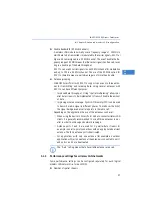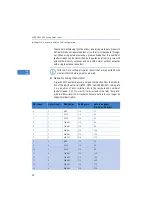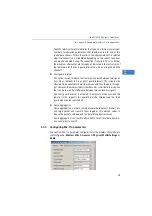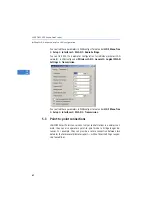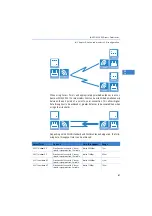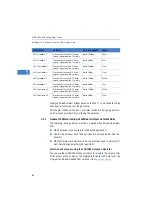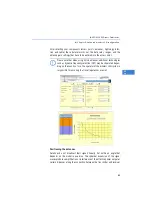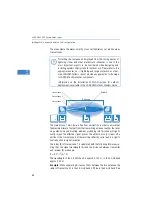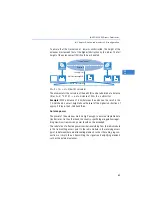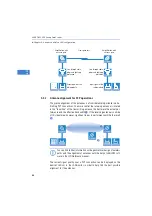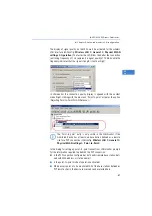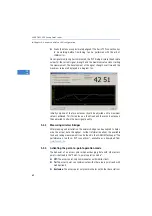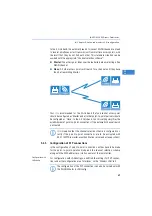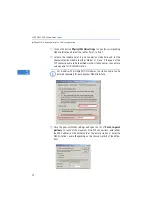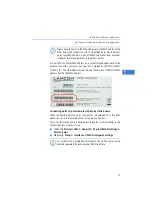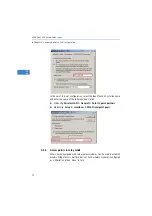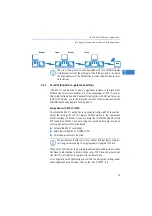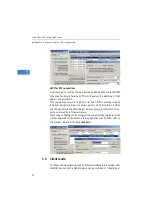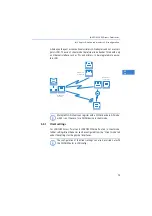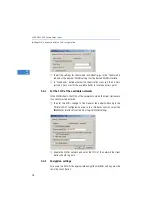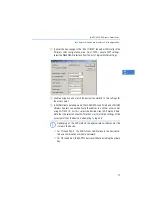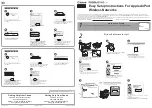
LANCOM L
-
300 Access Point series
Chapter 5: Advanced wireless LAN configuration
62
EN
Highly optimized wireless bridges based on IEEE 802.11n are capable of high
data transfer rates even over long distances.
This chapter introduces the basic principles involved in designing point-to-
point links and provides tips on aligning the antennas.
5.3.1
Geometric dimensioning of outdoor wireless network links
The following basic questions must be answered when designing wireless
links:
Which antennas are necessary for the desired application?
How do the antennas have to be positioned to ensure problem-free con-
nections?
What performance characteristics do the antennas need to ensure suffi-
cient data throughput within the legal limits?
Selection of antennas using the LANCOM Antenna Calculator
You can use the LANCOM Antenna Calculator to calculate the output power
of the access points as well as the achievable distances and data rates. The
program can be downloaded from our Web site at
www.lancom.eu
.
802.11a indoor AP
Directional antenna with 9° beam
spread, surge protection, 10m cable
brutto 54Mbps
0,4km
802.11a indoor AP
Directional antenna with 9° beam
spread, surge protection, 10m cable
brutto 6Mbps
6km
802.11a outdoor AP
Directional antenna with 9° beam
spread, surge protection, 2m cable
brutto 54Mbps
1,3km
802.11a outdoor AP
Directional antenna with 9° beam
spread, surge protection, 2m cable
brutto 6Mbps
13km
802.11g indoor AP
Directional antenna with 30° beam
spread, surge protection, 10m cable
brutto 54Mbps
0,08km
802.11g indoor AP
Directional antenna with 30° beam
spread, surge protection, 10m cable
brutto 6Mbps
1km
802.11g outdoor AP
Directional antenna with 30° beam
spread, surge protection, 2m cable
brutto 54Mbps
0,28km
802.11g outdoor AP
Directional antenna with 30° beam
spread, surge protection, 2m cable
brutto 6Mbps
2,5km
Access Point
Antenna
Data throughput
Range

